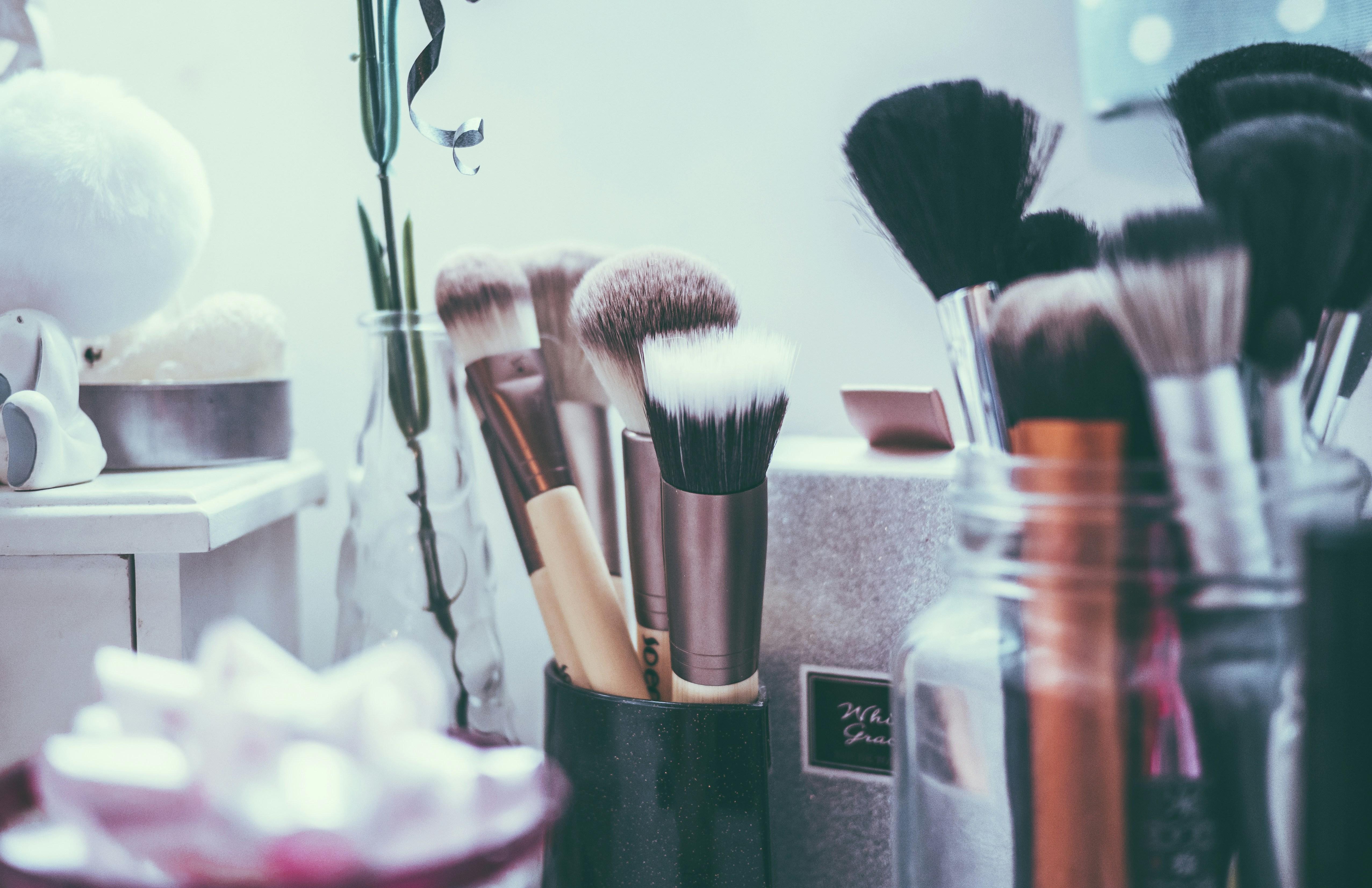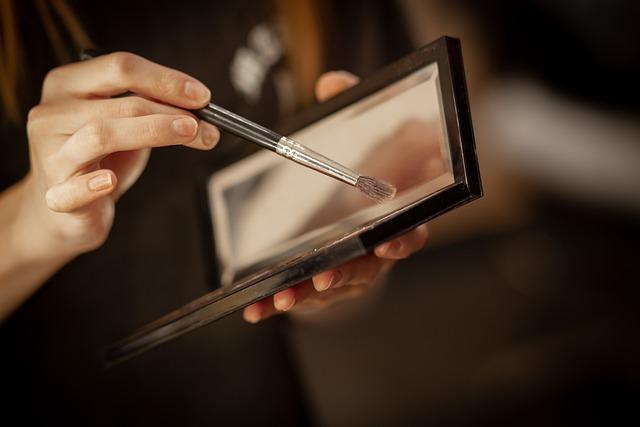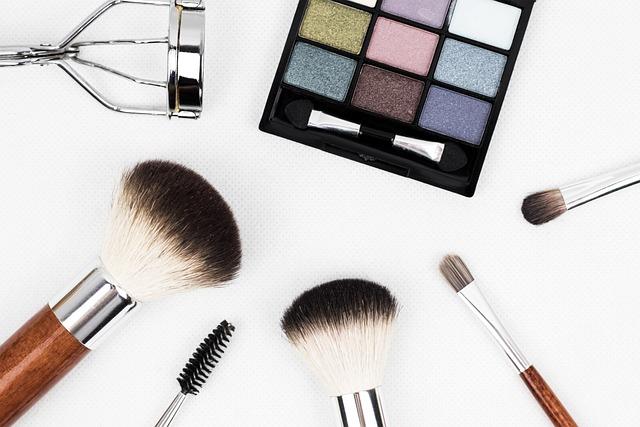Are Makeup-Free Movements Truly Inclusive
In a world where the painted faces of influencers and celebrities dominate our social media feeds, the makeup-free movement has emerged as a refreshing counter-narrative, championing authenticity and natural beauty. Yet, as this trend gains momentum, a critical question arises: is this movement truly inclusive, or does it inadvertently exclude those who do not fit its narrow definitions of ‘natural’ beauty? As we delve into the complexities surrounding this seemingly liberating shift, we explore whether the makeup-free movement celebrates all forms of authenticity or if it merely replaces one beauty standard with another. Through this lens, we examine the nuances and implications of a trend that seeks to redefine how we perceive beauty in its most unadulterated form.
Redefining Beauty Standards in Makeup-Free Movements
In a world where beauty is often defined by filters and cosmetics, the movement encouraging individuals to embrace their natural skin is gaining momentum. However, this raises the question: Is this trend truly inclusive for everyone? While the intention behind the movement is to promote self-love and acceptance, it inadvertently highlights disparities in skin conditions, societal expectations, and personal comfort levels.
Consider these factors influencing inclusivity:
- Skin Diversity: Those with acne, hyperpigmentation, or other skin conditions may feel marginalized as the movement can sometimes overlook their unique challenges.
- Cultural Norms: Beauty standards vary globally, and going makeup-free might not align with the norms in certain cultures, leading to potential exclusion.
- Confidence Levels: For some, makeup is a form of self-expression and empowerment, and the pressure to go without can be counterproductive.
By addressing these nuances, the movement can evolve into a truly inclusive narrative that celebrates diversity and personal choice, rather than imposing a one-size-fits-all standard.
The Role of Social Media in Shaping Inclusivity
In the age of digital connectivity, platforms like Instagram and TikTok have become powerful agents in advocating for a more inclusive definition of beauty. These social media spaces have sparked movements encouraging individuals to embrace their natural selves, free from cosmetic enhancements. However, the makeup-free trend raises important questions about inclusivity. While intended to liberate, it often inadvertently highlights existing societal divides. For some, going bare-faced is a bold statement against unrealistic beauty standards, yet for others, it may not be a viable option due to skin conditions or personal preferences.
It’s essential to consider who is represented in these movements and who is left out. Key points to ponder include:
- Are all skin types and conditions celebrated, or is there an underlying bias towards flawless, naturally clear skin?
- Does the movement consider cultural and professional settings where makeup is a norm?
- How can the dialogue be expanded to include those who find empowerment through makeup rather than abstaining from it?
The conversation surrounding makeup-free movements should evolve to embrace a broader spectrum of choices and circumstances, ensuring that inclusivity remains at its core.

Barriers to Entry: Who Truly Benefits from Going Bare
In the quest for embracing natural beauty, one might assume that going makeup-free is an equal opportunity for all. However, the reality is more nuanced. Societal norms, economic factors, and cultural expectations can serve as significant barriers for many individuals who wish to participate in makeup-free movements. While the initiative aims to empower, it inadvertently caters more to those who already fit conventional beauty standards, often excluding individuals who feel pressured to use makeup to navigate social or professional spaces.
- Economic Disparities: For some, expensive skincare routines replace makeup, making ‘natural’ beauty a luxury not everyone can afford.
- Cultural Expectations: Certain cultures emphasize makeup as a form of self-respect or tradition, making the choice to go bare less straightforward.
- Professional Settings: In many workplaces, a polished appearance is equated with competence, pressuring individuals to conform to beauty norms that include makeup.
Thus, while the makeup-free movement is celebrated for its message of authenticity, it is crucial to recognize the barriers that may prevent it from being genuinely inclusive. By addressing these factors, we can strive towards a more inclusive definition of beauty that allows everyone to feel comfortable in their own skin, with or without makeup.

Cultivating Genuine Inclusivity: Steps for a More Embracing Movement
In the quest for genuine inclusivity, it’s essential to recognize the diverse narratives and experiences that shape individual choices. Authenticity in makeup-free movements should celebrate a wide array of motivations and backgrounds. Here are a few steps to ensure a more embracing approach:
- Recognize Diversity: Embrace different cultural and personal perspectives on beauty and self-expression. Understand that for some, makeup is a form of empowerment and self-identity.
- Encourage Dialogue: Create platforms for open conversations where people can share their unique stories without judgment, fostering a community of understanding and respect.
- Be Mindful of Language: Use inclusive language that acknowledges various beauty practices without marginalizing those who choose to wear makeup.
By focusing on these steps, we can move towards a movement that truly values and respects individual choices, allowing everyone to feel seen and heard.
To Conclude
the makeup-free movement presents a canvas as diverse and multifaceted as the individuals it seeks to represent. While it champions authenticity and liberation from societal norms, it also stirs complex questions about inclusivity and choice. As we navigate this evolving landscape, perhaps the true essence of the movement lies not in the absence of makeup, but in the presence of acceptance—acceptance of all forms of beauty, whether adorned or bare. In embracing this broader perspective, we might find that the most empowering statement is the freedom to choose, without judgment or expectation. As the conversation continues, let us listen, learn, and celebrate the spectrum of beauty that unites us all.


